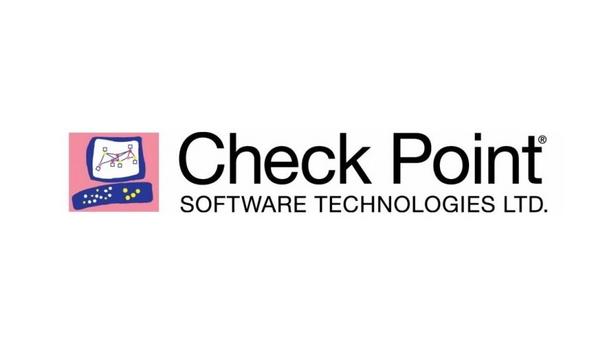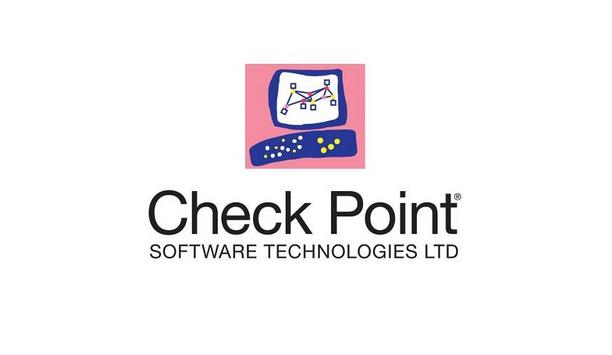Omer Dembinsky

Omer Dembinsky
Manager (Data Research), Check Point Software Technologies IncOmer Dembinsky is currently working in the capacity of Manager of Data Research at Check Point Software Technologies, Inc.
News mentions
Researchers at internationally renowned cyber-security vendor, Check Point have reported a surge in cyber-attacks targeting healthcare organizations across the globe. Since the beginning of November...
Security researchers at Check Point have seen a global increase in cyber-attacks against education and research institutions, after conducting a research study on organizations in the USA, Europe and...
In the past three two weeks, Check Point researchers have documented an average of 192,000 Coronavirus-related cyberattacks per week, marking a 30% increase compared to previous weeks. Researchers fo...






































